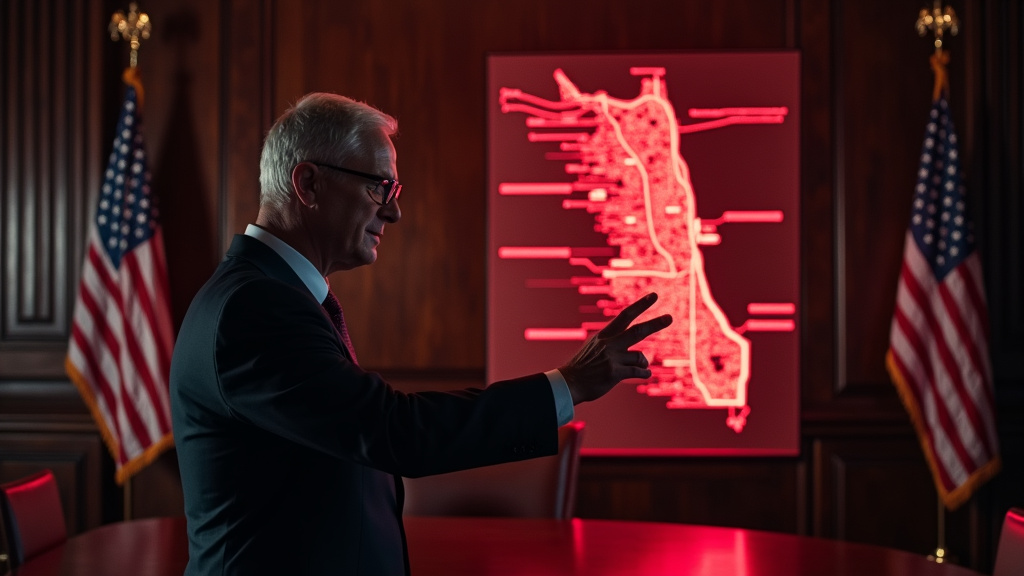Washington, D.C. — The United States House of Representatives is poised for a critical vote on the sweeping legislative package known as the “Big Beautiful” reconciliation bill, a measure that cleared the Senate by the slimmest of margins earlier this week. As of Wednesday, July 3, 2025, attention is squarely focused on the House floor as lawmakers prepare to determine the fate of the bill, which proponents argue represents a significant step forward in policy but critics warn carries substantial fiscal implications.
The legislative maneuvering follows a tense period in the Senate, where the “Big Beautiful” bill was approved through the reconciliation process on a 51-50 vote. That pivotal tally required the tie-breaking vote of Vice President JD Vance, underscoring the deep partisan divisions and the high stakes surrounding the proposal.
House Prepares for Deliberation
In the House, leaders are setting the stage for what is expected to be a robust debate. House Speaker Mike Johnson has publicly voiced his support for the “Big Beautiful” bill and is reportedly committed to ensuring its passage. Reports from Capitol Hill indicate that Speaker Johnson intends to keep the procedural vote open for as long as necessary to secure the votes needed for approval, a tactic that could prolong floor proceedings and test the endurance of both parties.
The timing of the House vote is particularly significant, falling just one day before the Independence Day holiday. This proximity is highlighted by potential White House plans: reports suggest that should the bill successfully navigate the House vote, the Biden administration is planning a signing ceremony for the bill on Thursday, July 4th, at 9 a.m. Such an event, coinciding with the nation’s 249th birthday, would be a highly symbolic moment, signifying the enactment of a major piece of legislation.
Fiscal Concerns and Political Divisions
A central point of contention surrounding the “Big Beautiful” reconciliation bill, as noted by observers and lawmakers, is its projected impact on the national debt. The measure is understood to involve a multitrillion-dollar expansion of the federal deficit. This aspect has emerged as a significant concern for some Republicans, who argue that adding trillions to the deficit could have detrimental long-term effects on the nation’s fiscal health. The precise details of the bill’s spending and revenue provisions that contribute to this deficit expansion were not detailed in readily available summaries as of July 3, 2025, but the overall fiscal footprint remains a primary focus of debate.
The reconciliation process itself, utilized to pass the bill in the Senate with a simple majority, bypassing the filibuster, underscores the highly partisan nature of the legislation. While proponents emphasize the policy goals the bill aims to achieve, the lack of broad bipartisan support, particularly regarding the deficit expansion, reflects the deep ideological divide on federal spending and fiscal responsibility in Washington.
The Road Ahead
With the Senate hurdle cleared, the focus now shifts entirely to the House. The procedural votes and the final passage vote are anticipated to be closely watched, offering insight into the unity and strategy within the majority party, as well as the effectiveness of the opposition’s efforts to highlight concerns, particularly regarding the deficit.
The potential signing ceremony planned for Independence Day serves as a clear marker of the administration’s eagerness to see the bill enacted swiftly. However, its realization hinges entirely on the outcome of the imminent vote in the House of Representatives. The coming hours are expected to be critical as negotiations and discussions continue behind the scenes ahead of the final determination on the “Big Beautiful” reconciliation bill.












